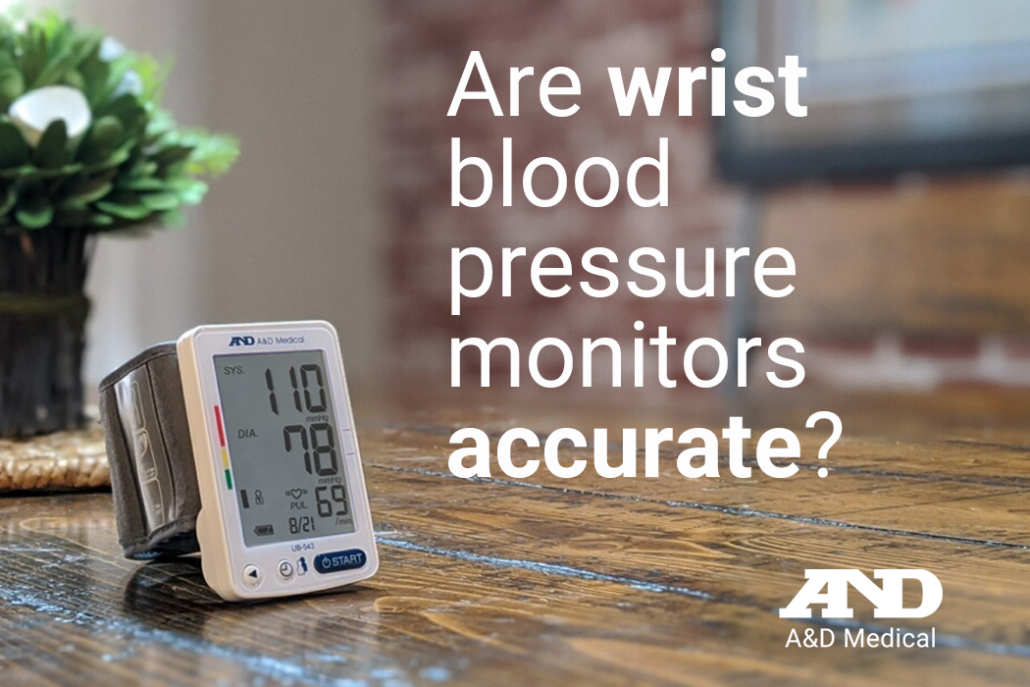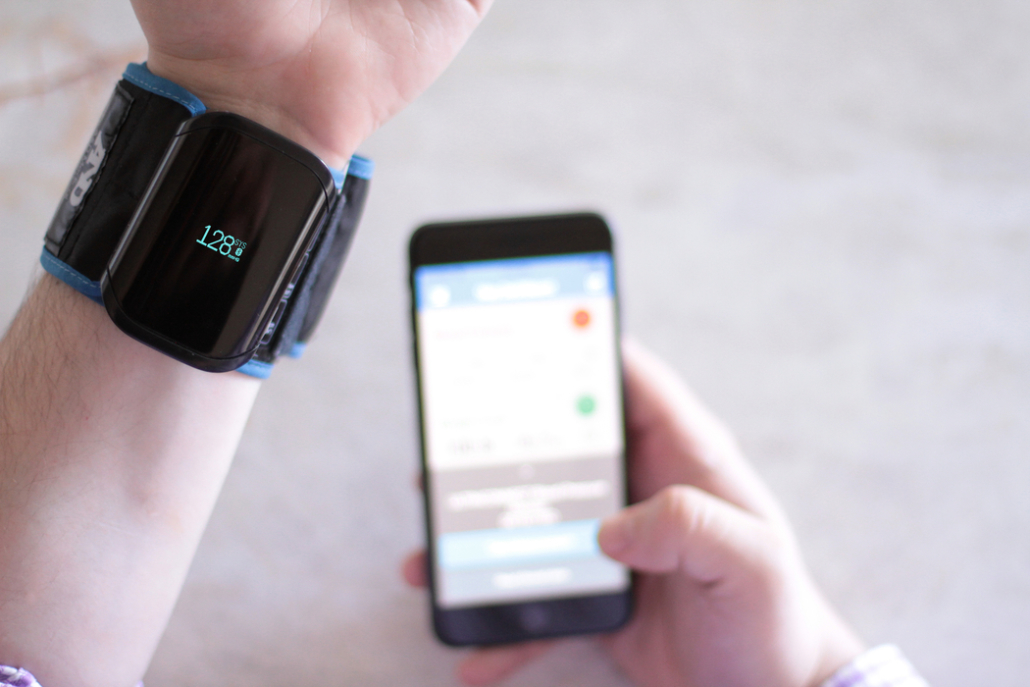Are Wrist Blood Pressure Monitors Accurate?
Odds are, when you think of blood pressure readings your mind goes to the bulky upper arm cuffs and your doctor’s office. That sort of equipment can be intimidating, especially if your doctor recommends tracking your blood pressure at home.
Whether it’s to treat hypertension, during pregnancy, in athletic pursuits, or just to monitor your health more closely – many more people are tracking their blood pressure at home these days.
But whatever your reason, tracking your blood pressure at home is easier and more convenient than ever thanks to the convenience of the wrist blood pressure monitor.
How accurate are wrist blood pressure monitors?
You may have heard rumors that wrist or upper arm blood pressure monitors may be preferred for different reasons – but you have one main question: can you trust wrist blood pressure monitors?
There’s no denying that the most accurate blood pressure readings are done with an upper-arm cuff in your doctor’s office. However, if used as directed (this is the important part!), readings from clinically validated wrist cuffs are just as accurate as at-home readings from upper-arm cuffs.
Which provides the perfect segue to our next question…
How Do You Use a Wrist Blood Pressure Monitor?
The first and most important tool for an accurate at-home blood pressure reading is proper technique. How you monitor your blood pressure is just as important as the tools you use. Stick to these three simple rules, and you’ll be an at-home blood pressure pro in no time:
- Be consistent – That means same time of day and, if possible, same location. If not, make sure you’re seated in a similar chair with your arm rested at the same height.
- Stay still – For 30 minutes prior be sure to avoid exercise, caffeine, and smoking.
- Cross your heart – As in keep the cuff directly across from your heart. With a wrist monitor, that means resting your elbow on a table and holding your wrist out and up at the same level as your heart for an accurate reading.
Wrist Blood Pressure Monitor Pros and Cons
As is the case with most things in life, wrist blood pressure cuffs have their pros and cons.
Cons:
While they are capable of being just as accurate, because of the need for proper technique, the margin of error for wrist cuffs is greater than their upper arm counterparts.
Pros:
Now, for the good news. Wrist cuffs, which you may be attracted to for their great portability, are also getting smarter and easier to use all the time. Some even come with technology and apps to make sure you’re using proper technique to get the best reading.





